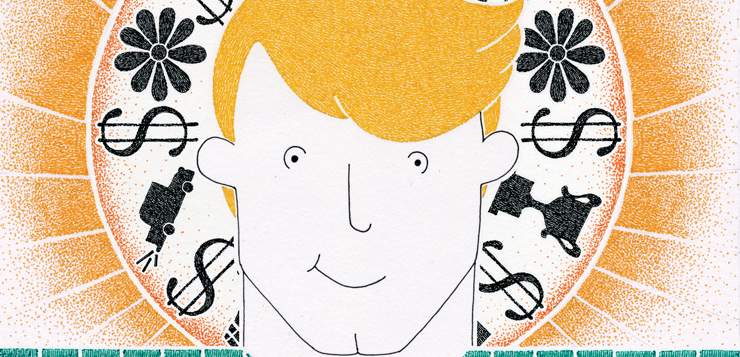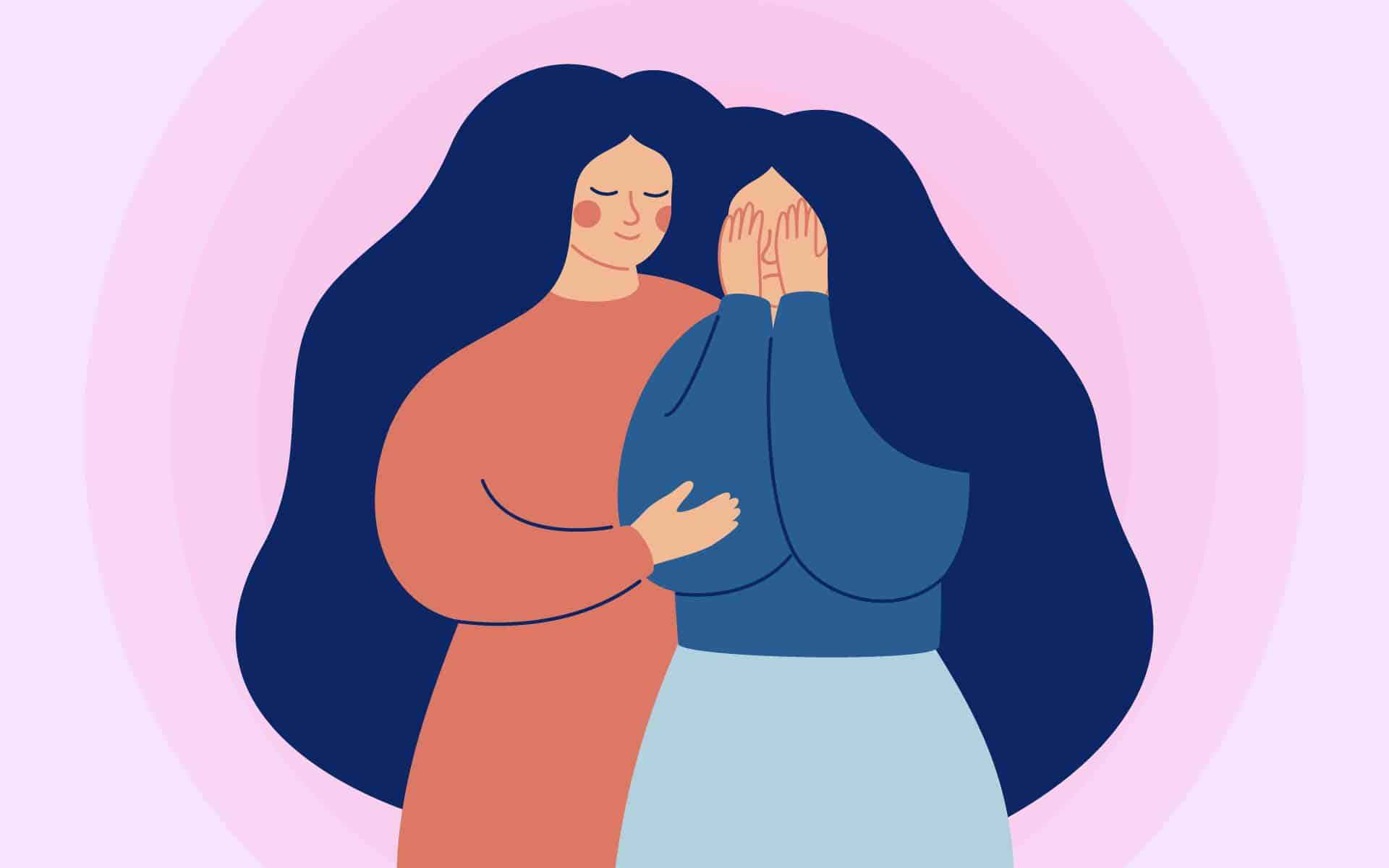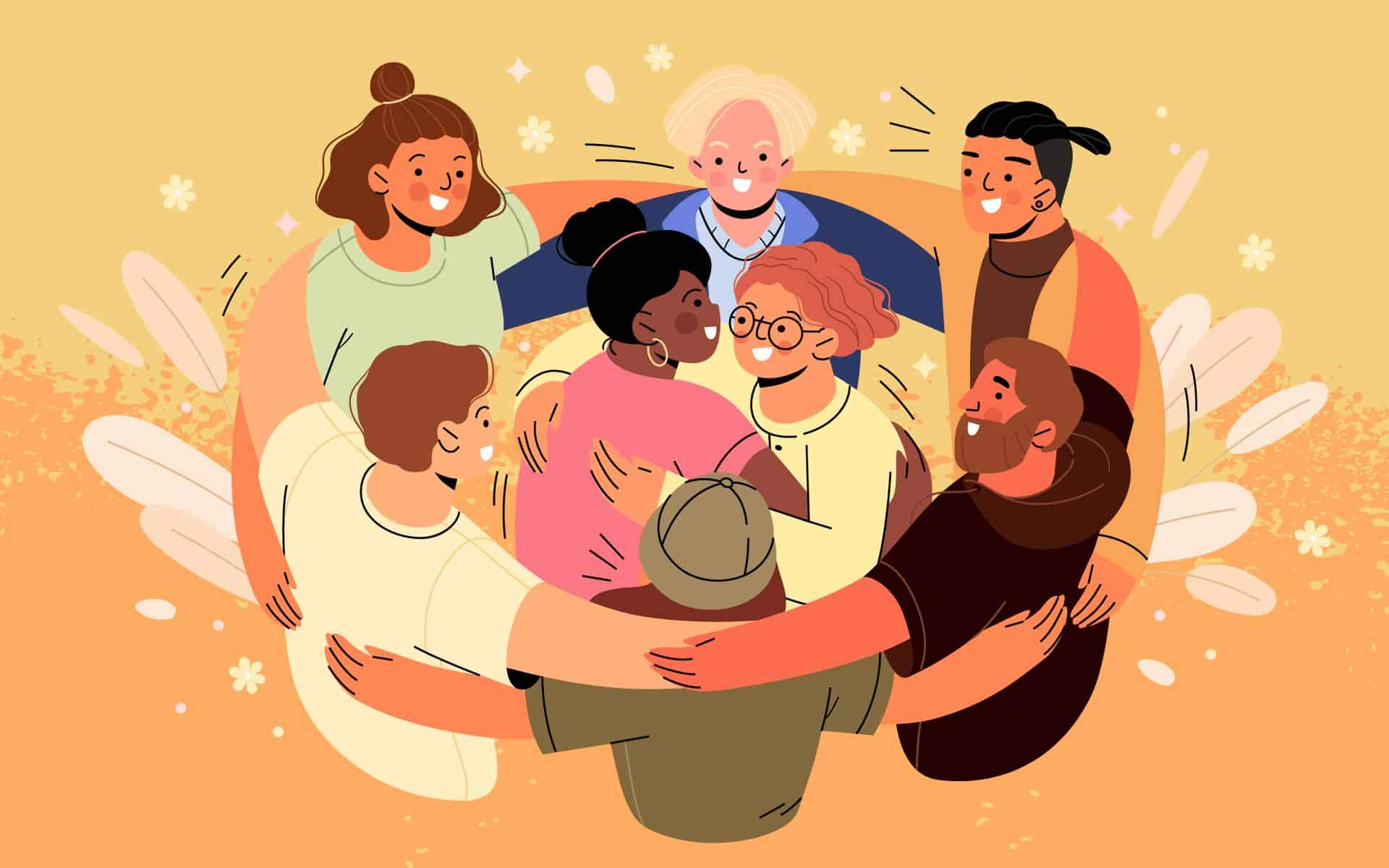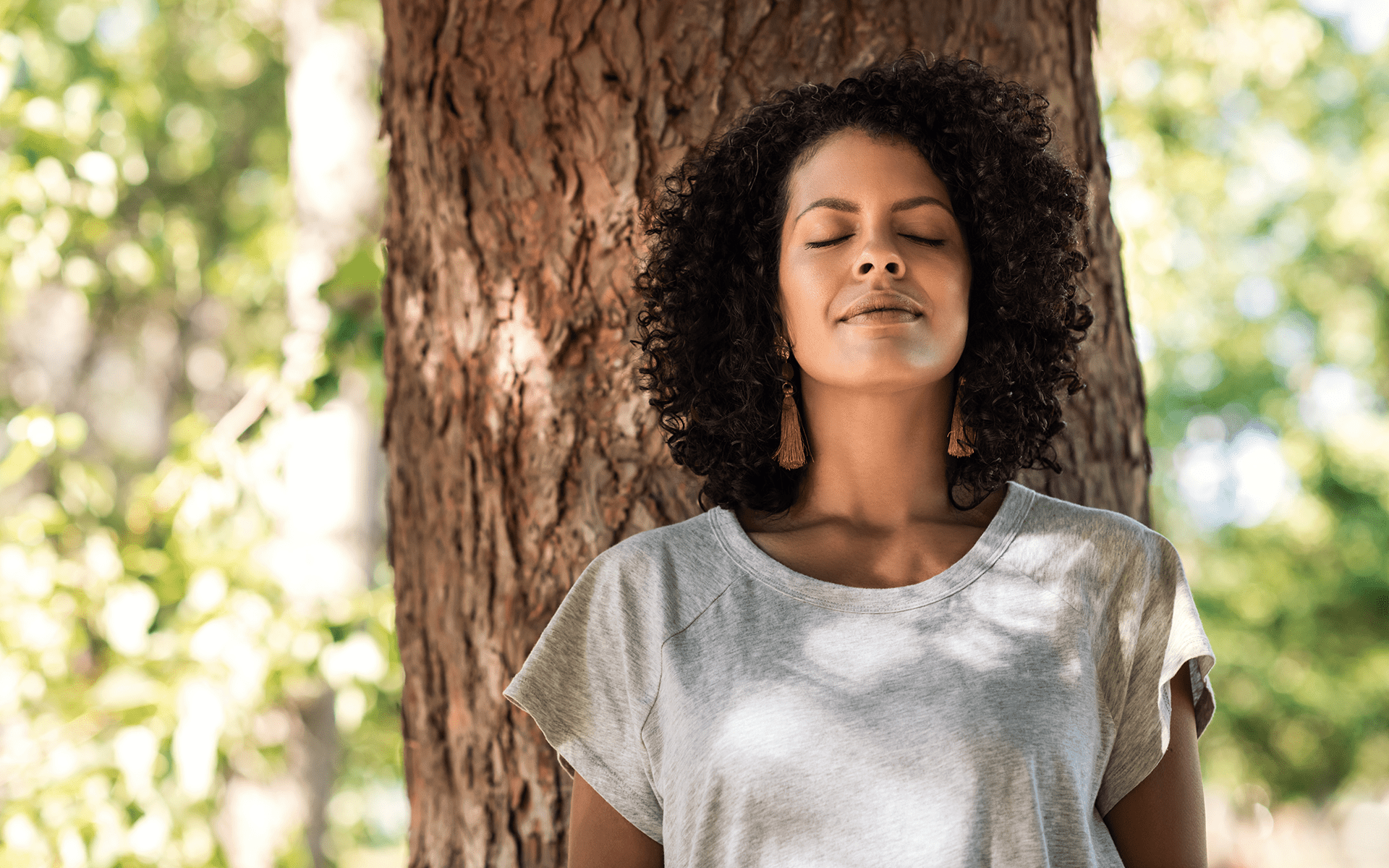Of the many entries under the heading “life is not fair,” surely one of the most egregious is the “what is beautiful is good” stereotype. One of our strongest cognitive biases, it makes us ascribe to physically attractive people a formidable array of positive traits. According to studies going back 40 years, we assume that attractive adults are more competent, better adjusted, powerful, mentally healthy, intelligent, and more socially skilled than less attractive ones.
This “what is beautiful is good” stereotype manifests in a slew of real-life situations and is by no means a one-study wonder: it has been documented in piles of research. Taken as a whole, the studies show that this is one of the more robust cognitive biases operating in the human mind. It may also be one of the oldest. The Greek poet Sappho is credited with first asserting, 2,600 years ago, that “what is beautiful is good,” while in 1882 the German romantic poet Friedrich Schiller wrote that “physical beauty is the sign of an interior beauty, a spiritual and moral beauty.”
To conduct studies of attractiveness bias, researchers don’t try to solve the culturally laden mystery of why people in particular cultures find some faces “attractive” and others not. Their assumption is simply that in any given time and place, some faces are generally deemed beautiful, others are regarded as so-so, and still others as decidedly unattractive.
To probe whether people associate physical attractiveness with positive traits, they determine which faces those in a particular study—urban, educated Westerners living in the early 21st century, say, or rural-dwelling Japanese in the late 20th century—will find attractive. To do that, they ask a panel of adults from the same demographic to score faces—science’s version of “who’s hot and who’s not.”
Once people have decided that an individual is attractive, the mental gates are thrown open to a plethora of beliefs and assumptions. In a groundbreaking 1972 study, people guessed that attractive strangers possessed a range of desirable personality traits, venturing that they were probably sincere, honest, altruistic, exciting, genuine, warm, sociable, kind, and more. The subjects also expected the attractive strangers’ lives to be happier and more successful than those of less attractive strangers.
Studies have found that people are more willing to help attractive people and even give them more room on sidewalks. Attractive defendants are less likely to be convicted, and when they are, they get more lenient sentences.
In studies where participants did not know they were part of a research project, people were more willing to help an attractive person than a homely one mail a university application and donated more to attractive people who had an emergency. Subsequent studies have found that we even give attractive people more room on sidewalks, are less likely to ask them for identification when they want to purchase alcohol, and, in mock rape trials, are less likely to judge them guilty. In real life, attractive defendants get more lenient sentences, according to studies going back to the 1980s.
Something more than cultural learning is going on here, since even babies manifest a version of the beautiful-isgood stereotype. In one classic study, researchers led by psychologist Judith Langlois of the University of Texas at Austin showed one-year-olds a cartoon in which a ball trying to climb a hill is helped or hindered by a square. Just outside the frame of the cartoon were two photos of faces, one beautiful and one not. When the square was helpful, the little kids’ eyes shot to the pretty face. When the square blocked the ball, they looked at the ugly face, apparently associating positive events with attractive people and negative ones with unattractive ones.
Why do our minds work this way? One clue is that babies as young as two months old prefer to look at attractive faces, found Langlois. At that age, children haven’t had much opportunity to absorb their culture’s aesthetic ideals; it’s probably safe to say they haven’t been exposed to America’s Next Top Model yet. Instead, the preference might reflect something about the mind’s information-processing machinery: that the mind prefers objects that require the least processing effort by the visual regions of the brain.
And attractive faces are easy on the brain. Both preschoolers and adults can identify an attractive face—that is, they can tell that it is indeed a face and not, say, a plate of fruit—more quickly than they can correctly categorize ugly faces. When Langlois displayed faces that had been manipulated by a computer to be unattractive, adults and kids both took a few fractions of a second longer to recognize the unattractive faces as faces than to do so for attractive ones.
This lends support to the idea that processing homely faces requires more cognitive resources than processing pretty ones, but Langlois and her colleagues then got even stronger evidence: when they measured the electrical activity in the brains of adults and four-month-olds, they found higher activity when the participants looked at unattractive faces. It is a rule of thumb in neuroscience that higher brain activity during a task is a marker of more effort being expended.
If beautiful faces take fewer cognitive resources to process, as this research suggests, that may lay the foundation for the beautiful-is-good effect. “When something is good in one measure,” says psychologist Lihi Segal-Caspi of Israel’s Open University, “we attribute other good traits to it.”
Oddly, research on the beautiful-is-good stereotype hadn’t gotten around to asking if it’s accurate. Maybe beautiful people truly are kinder, more sociable, conscientious, and all the rest? One could imagine that being beautiful in a society that values beauty might give you the self-confidence to be sociable and open to novel experiences, as well as the positive life experiences to be conscientious.
To probe how well the positive traits we ascribe to beautiful people correspond to reality, scientists in Israel ran a study in which they recruited 118 female college students to play “targets” and 118 students (of both sexes) to be “judges.” Each target entered a room, walked around a table, and read a weather forecast. Each judge watched a videotape of this and then evaluated the target’s attractiveness and guessed her personality traits.
Women rated as attractive “were perceived as having more socially desirable personality traits, such as being agreeable, extroverted, open to experience, and conscientious,” said Segal-Caspi, who led the study. Score another for the what-is-beautiful-is-good stereotype.
But were the judges correct? No. When the researchers compared the targets’ actual (self-reported) traits to judges’ guesses about them, it was one big mismatch, the researchers reported last year in the journal Psychological Science. Attractive women were no more likely to have desirable personality traits, though the judges believed they did. “Attractive and less attractive women didn’t differ in their personality traits,” says Segal-Caspi.
We may not be able to stop our minds from making the illogical beautiful = good leap, but being aware of this deeply ingrained habit of thought can be the first step in reining it in. This isn’t just about fairness; it’s also about not being snookered—by the attractive used-car dealer steering us toward a lemon or the gorgeous saleswoman on the verge of saddling us with a four-figure pair of sunglasses. Knowing about the mind’s cognitive biases gives us a chance to override them.







